Scroll through the lesson and click on notation/video/audio links to load the interactive players.
| Michael Johnson >> Acoustic Kentucky Bluegrass >> |
|
|
Please subscribe to get full access to all lessons for only $7.95/month PLUS 1 week free trial.

Riff Interactive lessons are
LESS expensive and
MORE interactive than alternatives!
More Info
|
|

Michael:
We're going to cover more bluegrass licks, here's the jam track you will play the licks over
Michael:
load this clip and I'll send you the scale we'll use over it, the chords for this progression is G, C, G, D
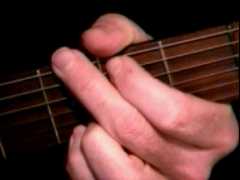
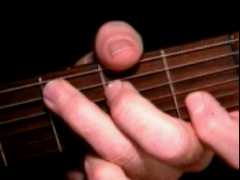
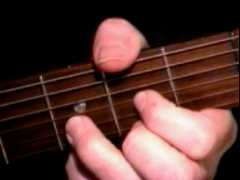
Michael:
you can play an alternative to these chords on the 1st thru 4th strings
Michael:
well cover the scale and then licks and exercises next
Deano:
do you suggest the F pattern or the full chords by the nut?
Michael:
the open chord
Michael:
we'll break down the moving progression using the F pattern, but for the "Licks" we'll use the F pattern.
Let's start with the lick using the G pattern:
Chris:
This is not a pattern you can move farther down the fretboard is it teach?
Michael:
yes it is, you can move while the chord changes during the progression, that's what we'll cover now
Michael:
with the following licks, try this pattern against the G on the jam track, now you can play the same lick over the C major chord on the 8th fret
Michael:
and now the D major lick on the 10th fret
Michael:
see how the same lick pattern moves on the neck?
Tom:
still with ya
Chris:
I see
Michael:
try to follow the chord progression on the jam track, playing the licks over it
Chris:
Can you move this pattern up and down on the strings or does it have to be played on b and e
Michael:
yes you can Chris, use any of the notes in the G major chord
Chris:
Can you also change from major to minor and visa versa?
Michael:
it depends on the progression
Chris:
Thanks, I think I am finally understanding it.
Michael:
let's try our extended lick, let's try this lick first
Jr:
thats cool
Michael:
notice this progression uses the first lick I send you then plays the C then later D,
go ahead and practice that lick to the jam track
caz:
from 2 to 4 is that a slide?
Jr:
yes
caz:
thks
Chris:
Yes sir
Michael:
yes it is
Michael:
now you can also descend down the scale pattern while holding down the open G chord with your finger
Michael: remember the first scale pattern I sent,
this is in the same scale, you have to switch your fingering, as the lick changes
Finger positions
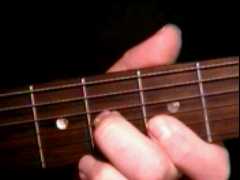
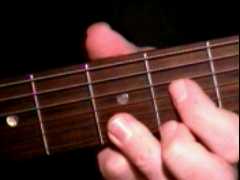

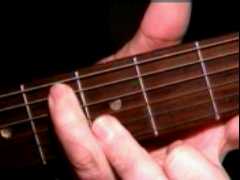
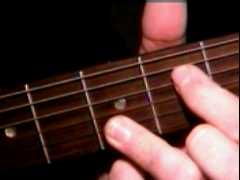
Michael:
notice how you have to shift your fingering, it takes a little practice to adjust
Chris:
Can this style be used in other forms of music or basically just Bluegrass?
Michael:
it sure can, any progression using major chords, folk, rock, country etc, now you can play the same basic descending line,
you use the 2nd finger to slide, then play the little E string with the first finger
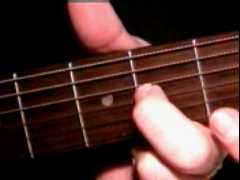
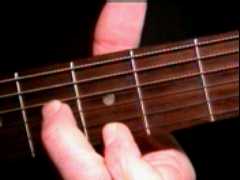
Michael:
ok you can change the same lick
Michael:
notice the change in the melody, the video should help, it's a challenge to play rhythm and the melody at the same time,
adjusting your hand is key to doing both
Chris:
Thats my biggest problem right now is going from a solid chord into single strings and doing it farely fast.
Michael:
here's a lick the illustrates play the melody/rhythm at the same time, try the progression slow then build up
Michael:
notice how you use the scale pattern while holding down the G chord on the bottom 3 strings,
you position your 3rd finger barred on the bottom 2 strings, it's a pretty common melody in bluegrass
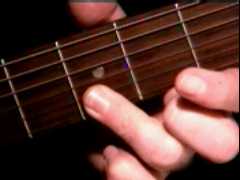
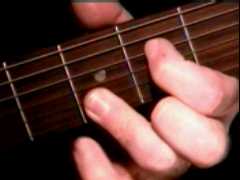
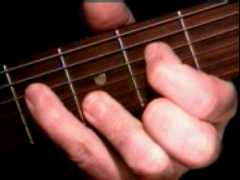
Michael:
you can adjust you arm to reach the barre and other notes by swinging your elbow away from your body or into your body,
this technique will angle your fret hand to reach the notes better and avoid muting strings,
give it a try, all of these runs make a great exercise for playing scales. It might open new doors in your playing style
viper53:
cool
Michael:
and applies in rock, blues and folk, even classical
Ian:
In all, were playing out of the chord position?
Chris:
I have heard alot of these in 80s era rock such as Aerosmith and groups like that.
Michael:
yes and using the scale pattern, you bet Chris that's why it's good to study many styles,
it inspires your own music and song composition
Chris:
Cool, now maybe I can try learning some of that two now
Michael:
"Dream On" is a great example of a song that uses this technique
Chris:
I have been trying to write my own music. I don't have problems with he guitar parts but I have a heard time putting my feelings into words.
Michael:
it holds the minor chord down and descends down the minor scale pattern at the same time
Chris:
I express it better with just music
Michael:
yes Chris, I hope you all learned something valuable.
|
<< load notation from left
|
|
<< load audio from left
|
<< load audio from left
|